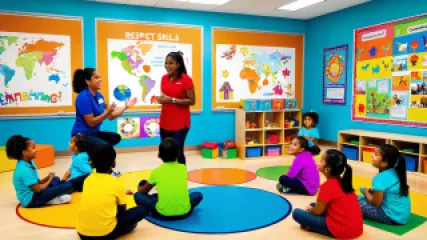Effective Self-Help Tools for Managing Health Anxiety
1 year ago
Health Anxiety
The Impact of Mindful Communication on Coaching Services
1 year ago
Mindful Communication
What Is the Best Online Counseling for Kids with Behavioral Issues?
1 year ago
Child Behavior
Why Behavioral Interventions for Kids Are Essential for Positive Development
1 year ago
Child Behavior
Effective Anti-Bullying Resources: Research Insights
1 year ago
Bullying Prevention
The Ultimate Guide to Online Therapy for Exam Stress Management
1 year ago
Managing Exam Stress
Why Effective Behavior Management for Children Matters
1 year ago
Child Behavior
The Ultimate Guide to Managing Health Anxiety
1 year ago
Health Anxiety
How Therapeutic Self-Disclosure Transformed My Personal Development
1 year ago
Therapeutic Self Disclosure
How Mindful Communication Transformed My Conflict Resolution Strategies
1 year ago
Mindful Communication
5 Proven Steps to Manage Kids' Behavioral Issues
1 year ago
Child Behavior
What are the Benefits of Therapeutic Self-Disclosure?
1 year ago
Therapeutic Self Disclosure
My Journey in Educational Psychology: Discovering the Power of Empathetic Teaching
1 year ago
Educational Psychology
What Are the Best Educational Psychology Therapy Options?
1 year ago
Educational Psychology
How to Apply Educational Psychology Principles in Online Therapy
1 year ago
Educational Psychology















